I would like to introduce you to Mali Davies, a British photographer whose work I have long admired. He is best known for his breathtaking landscape photography. His passion is palpable, and his energy infectious. For Mali, photography is a visceral experience that demands all his physical and mental energy.
Mali who??
Mali Davies was born into a family of creative people. His Grandfather was an artist, and his uncle created backgrounds for television series, such as Danger Mouse and Cosgrove Hall. So he was surrounded from his earliest years with people who lived ‘the creative life’.
In some way, Mali Davies reminds me of David Hockney, the famous painter. Both hail from the urban sprawl of North West England, both have that distinctive regional accent, and both aspired to become renowned artists from a young age. Their paths diverged thereafter because fame and fortune were showered upon Mr. Hockney whilst Mali was not similarly blessed by commercial success.
During his college years, Mali experimented with fine art and abstract expressionism. But, he quickly realized that such work had little commercial viability in working-class Lancashire. Hoping for a future in which he could support a family, he redirected his creative energy toward graphic design — a career choice that, he jokes, is sometimes dismissed as merely “colouring in for a living.”
Graphic designer
Mali has paid his way over the past 30 years following his career as a graphic designer. He is one of an unseen army of folk who create the products, signage, and brands that populate our society. One of his early achievements was the design of head guards for the England Rugby Union League team; the designer’s identity of no interest to the millions who saw them in use.
His first job was with a local printer. There, he learned the ‘business’ of graphic design, pre-press, business cards, flyers, posters, and serving customers. The job exposed Mali to the day-to-day routine of a ‘creative’ business, giving him many new skills. These included use of an early version of Photoshop and, for those of you who are old enough to remember, QuarkXPress, one of the original tools in the desktop publishing revolution.
This fusion of creativity and discipline profoundly shaped his photographic style, allowing him to develop an intuitive understanding of colour, composition, and post-processing.
I believe that this cross-fertilisation of creativity and discipline lies at the heart of Mali’s photographic style today.
The making of a photographer
Beyond the joy of his childhood Kodak Instamatic, Mali used cameras during his graphic design studies. He learned the technical aspects of using a camera, developing film and making prints. But “photography” didn’t become his obsession until his firstborn child arrived, whereupon he bought a new camera (a Pentax with 50mm f/1.8 lens) and, as seems the destiny of most fathers, took many, many, photographs of his young family.
He had always loved being in the great outdoors. Inevitably, he started using his new camera to take photographs of his local landscapes. In 2015, Mali had one of those ‘Eureka’ moments when he spent a day with award-winning landscape photographer, Stephen McNally, another photographer from the North West of England, at the Malham Lone Tree, Gordale Scar, in the Yorkshire Dales National Park.
Watching a master at the art of landscape photography was a transformational pivot point for Mali. It added kindling to that spark inside him and ignited the fire that grew into a passion for landscape photography. Mali doesn’t credit himself with having a special talent for photography, he is much too modest for that. But he does recognise the value of hard work.
As he puts it, “You’ve got to graft for your craft.” His relentless pursuit of capturing the world through his unique lens is what has honed his skill into something truly exceptional.
The art of post-processing with Mali Davies
Mali feels strongly that the RAW image captured in the camera is just the starting point for the final picture. The RAW image is the negative that is made in the camera, but the final photograph is an expression of the intent created, not by the camera, but by the photographer.
Ansell Adams, widely regarded as one of the greatest landscape photographers, was also a gifted post-processing technician who applied every trick in the book to dodge and burn his negatives into the final image for printing. Similarly, Mali has an underlying artistic sensibility that guides his conversion of the original digital negative into the final piece of photographic art.
Informed by his early professional encounter with Photoshop, Mali started using post-processing to improve the image out of camera. But he had always been tentative in the application of the software. That changed when he saw Joe Cornish — another famous landscape photographer — using both global and local adjustments to conjure the best from the raw clay of the image. Mali felt he had been given permission to unleash his creativity during post-processing.
Mali is however no fan of the extreme use of AI to ‘correct’ an image. In fact, he firmly rejects the overuse of AI tools — there will be no sky replacements in his work. His philosophy is that editing should enhance the truth of an image, not fabricate it.
Án Stapa — capturing stillness
Mali had already produced two ‘annuals’ of photographs contributed by members of his Facebook group, “Let’s Create”. So when the Covid lockdown kicked in, and the UK government imposed limits on travel, Mali turned that constraint to his advantage. He began photographing his immediate locality, rather than travelling further afield.
Those images became Mali’s book “Án Stapa — Standing Still” (from the Anglo-Saxon “Án-Stapa” meaning “One who Walks Alone”). It is a ninety-page selection of photographs that documented Mali’s experience of that time.
Mali is currently working on a second book, featuring 150 of his YouTube videos. He is also starting a quarterly ‘zine based upon his street, coastal, woodland and landscape photography.
Mali Davies’s gear
Mali’s philosophy on equipment is refreshingly pragmatic. While the photographic community often obsesses over gear, Mali sees his camera as a tool — important, but not defining.
His main landscape setup consists of a Nikon Z7 with a Nikon 24-200mm f/4.0-6.3 Z mount, or a Sigma 100-400mm f/5.6-6.3. For woodland photography, he favours prime lenses (28mm, 50mm, or 85mm). When shooting street photography, he alternates between a Nikon Zf and the Ricoh GR III, both of which offer excellent image quality with minimal fuss.
Would he be interested in experimenting with higher-end gear, such as the Leica SL3 or Hasselblad X2D? Absolutely. But for now, his approach remains firmly rooted in the belief that it’s not the camera that makes the image — it’s the photographer.
Mali Davies today
When asked how he describes himself — as a “landscape photographer” or something else — Mali doesn’t hesitate. “I’m a photographer. Nothing is off-limits.”
His student days introduced him to street photography, a genre to which he has recently returned. Most viewers of his YouTube channel would regard him primarily as a “Landscape Photographer”. That is, at least in part, because there are not enough hours in the day for Mali to create videos covering all his photography.
For example, in conversation with Mali, he told me how excited he is to be out in the streets again meeting people and taking street portraits. I hope this becomes another facet of Mali’s work we will see in the future. His backlog of images to be culled and edited stretches back into 2023, so there is plenty more ammunition in the armoury to further build Mali’s reputation.
His YouTube channel is now six years old and has a strong following, supplemented by his Patreon community. In addition, he delivers a regular podcast and provides services such as one-to-one mentoring, and single day workshops. He plans to hold a 2025 five day “Elements Scotland” workshops in November, repeating its successful 2024 launch.
Additionally, for 2026, plans are afoot to add more extended workshops in Scotland and the Lake District, and small-group day tours in Liverpool.
Mali’s approach to these workshops is to adopt an attitude of discovery. Rather than just repeat the ‘honeypot’ shots, he visits places less travelled so that the participants can create their own art. It is very much a workshop fashioned in his own style.
In conclusion
I first came across Mali’s work a few years ago and have always been impressed by his infectious enthusiasm coupled with the distinctive quality of his images. He may not yet be a household name, but in terms of talent, he stands shoulder to shoulder with some of the most recognised photographers of our time.
I asked Mali if he had a long-term plan or a set of objectives for his photography. “No”, he said, “there’s never been a plan — I just keep on doing it because I love it; it’s my obsession, which I expect to have until I’m six feet under”.
Mali is an artist, graphic design, photographer and an educator, believing in the value of ‘passing it on’, showing others how to appreciate nature. There is a short documentary film featuring Mali entitled “The Path Less Travelled”, which you can view here.
Make a donation to help with our running costs
Did you know that Macfilos is run by five photography enthusiasts based in the UK, USA and Europe? We cover all the substantial costs of running the site, and we do not carry advertising because it spoils readers’ enjoyment. Every amount, however small, will be appreciated, and we will write to acknowledge your generosity.

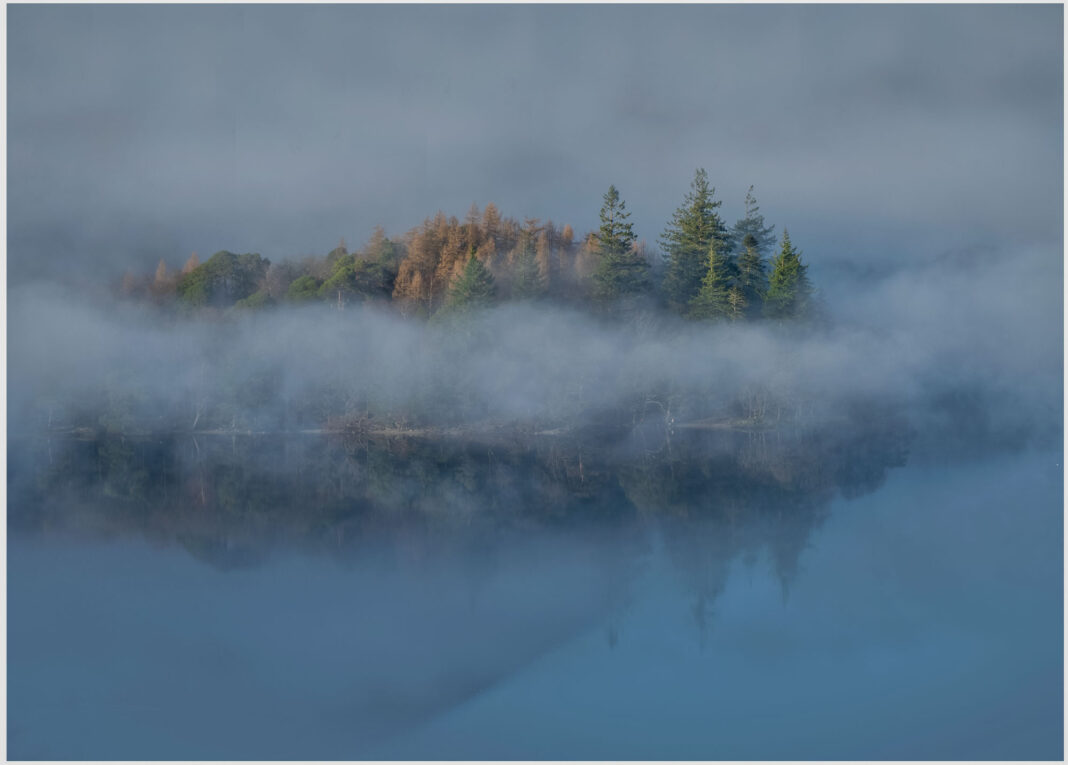
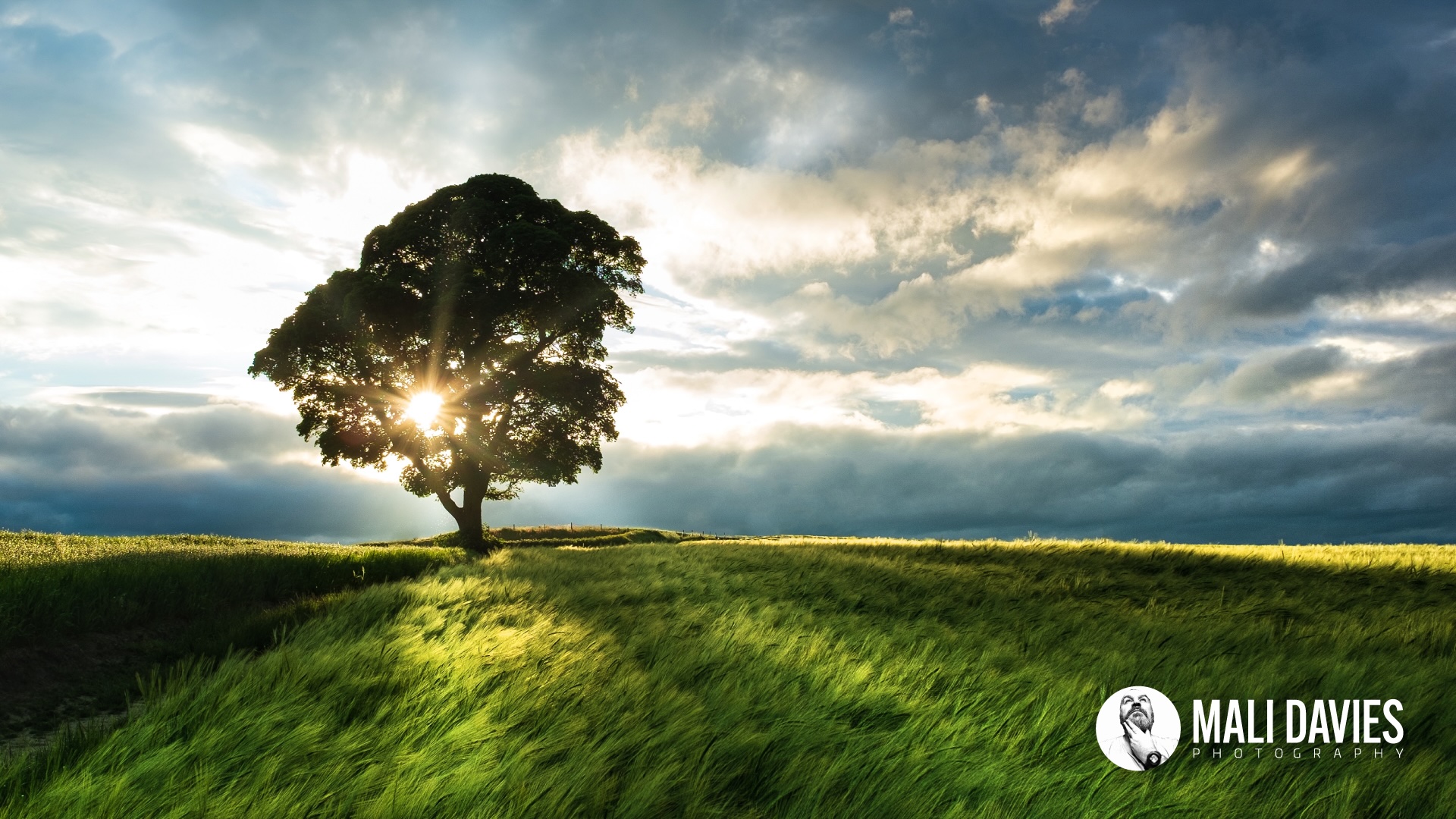
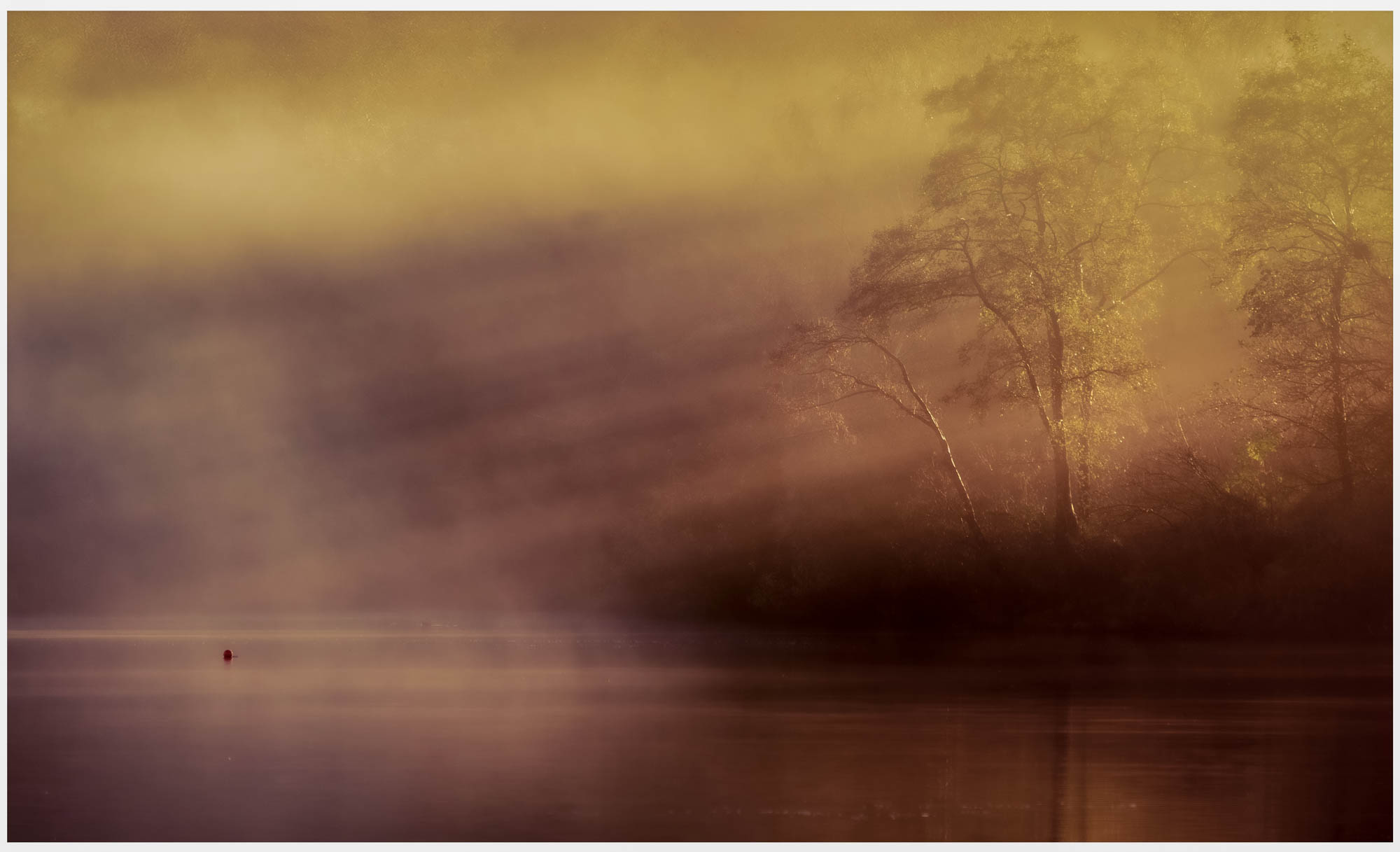
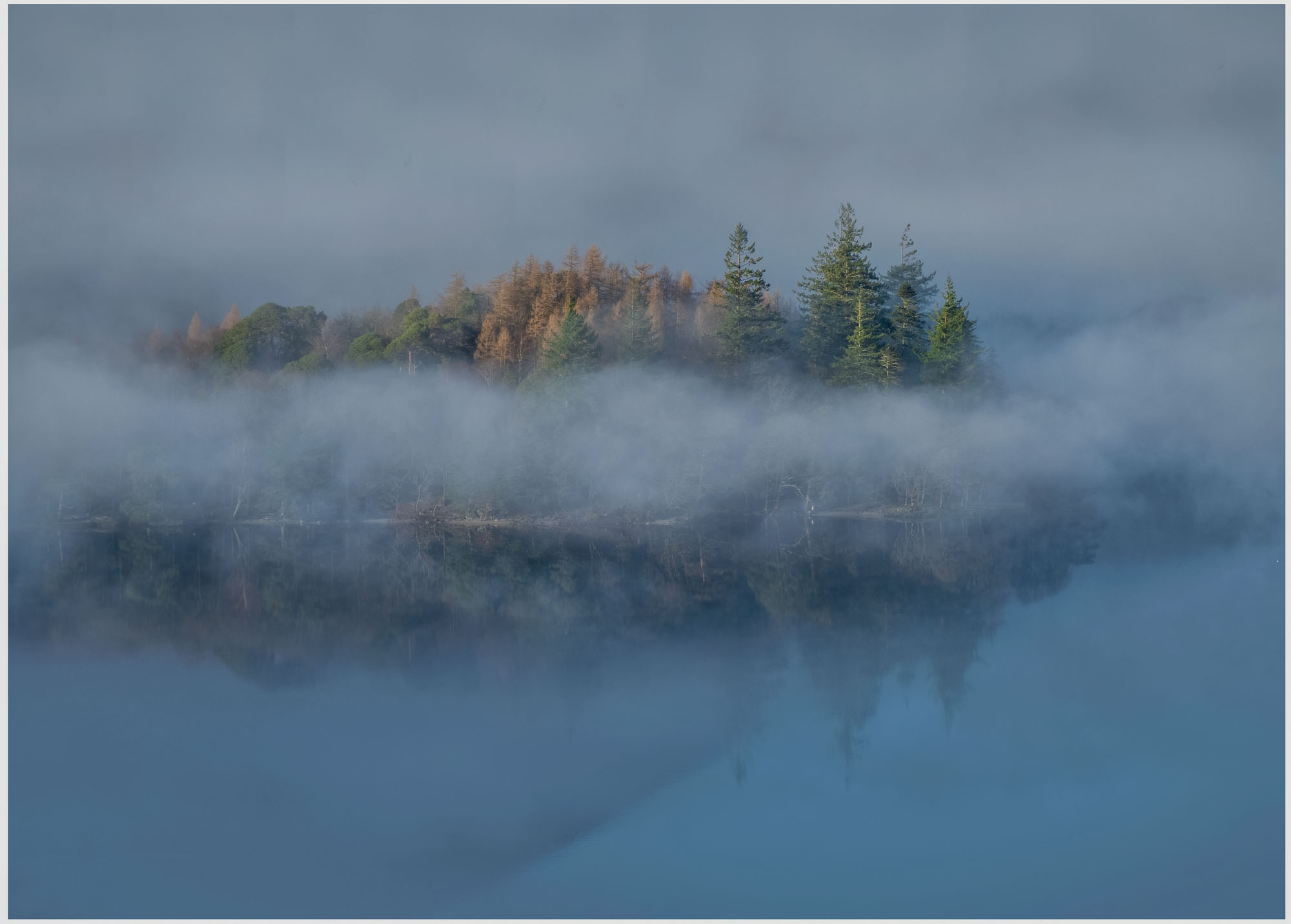
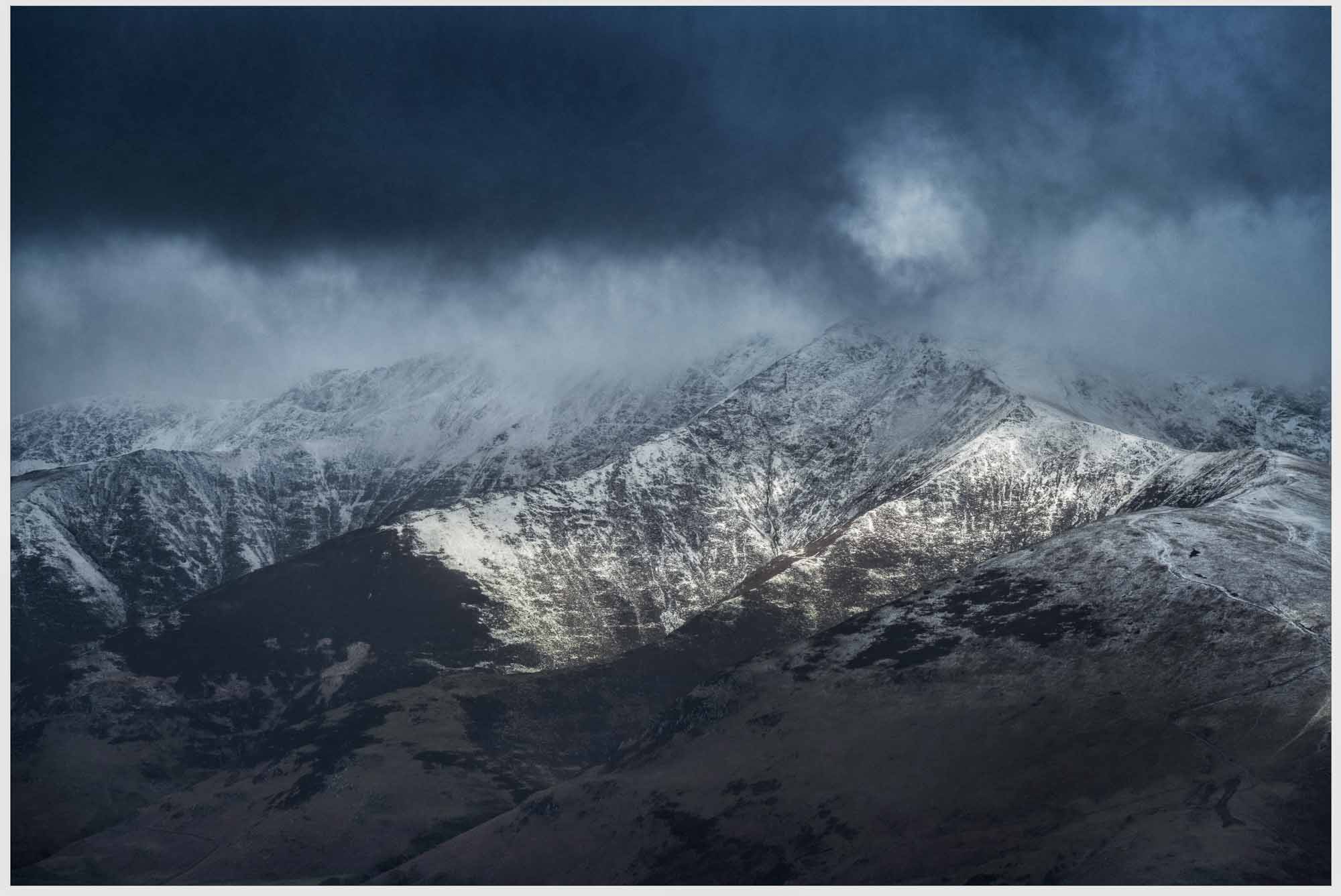
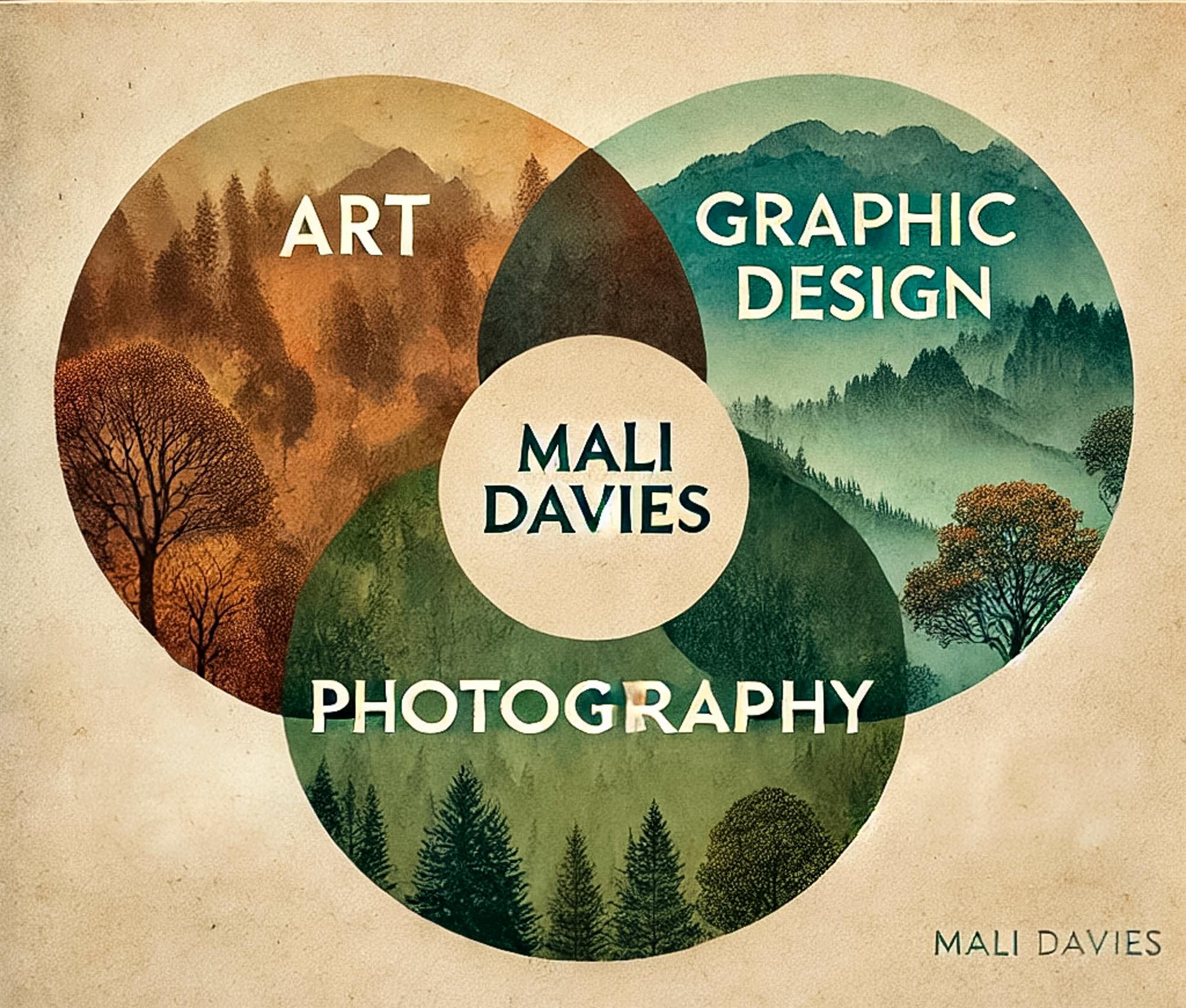
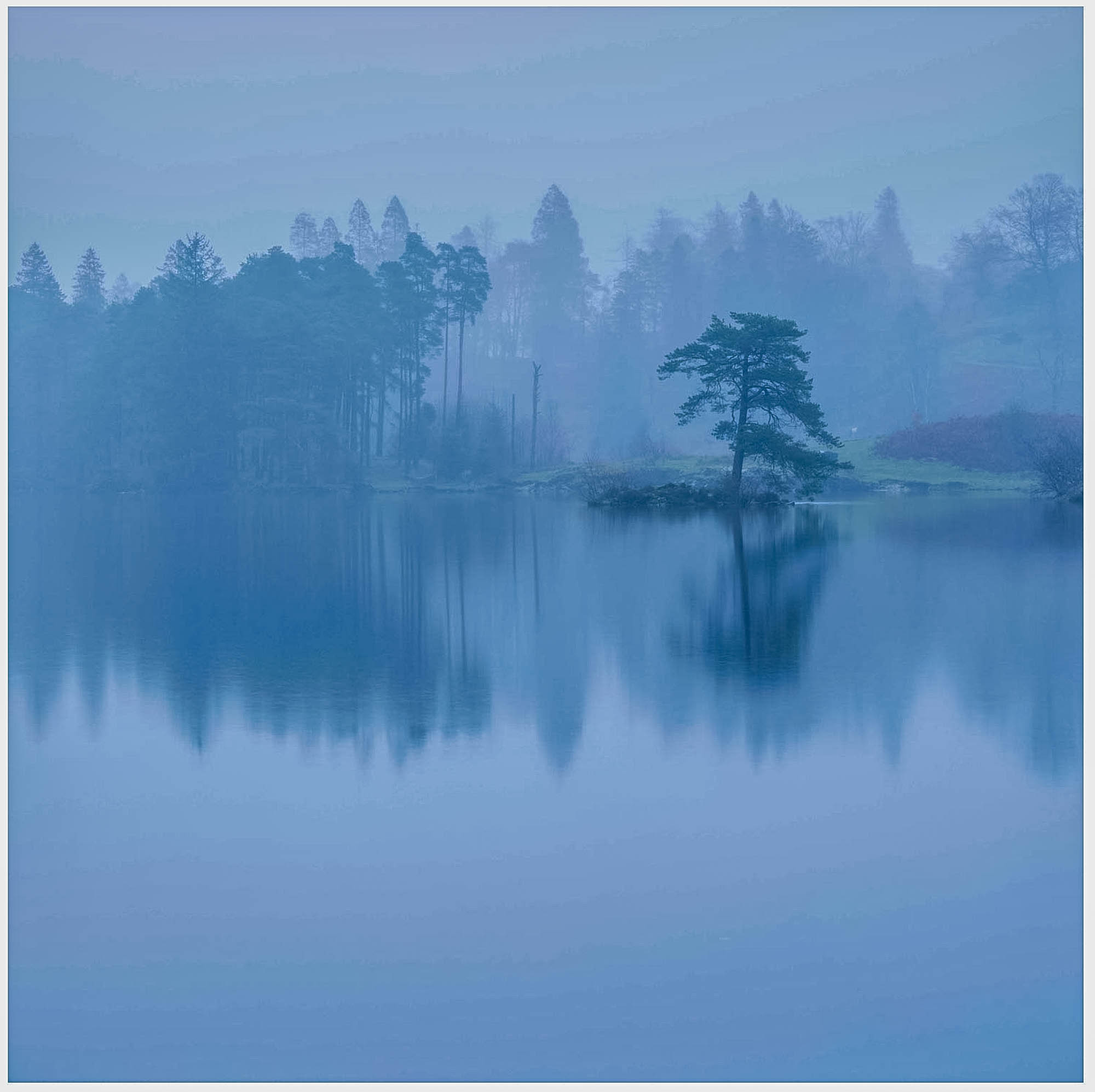
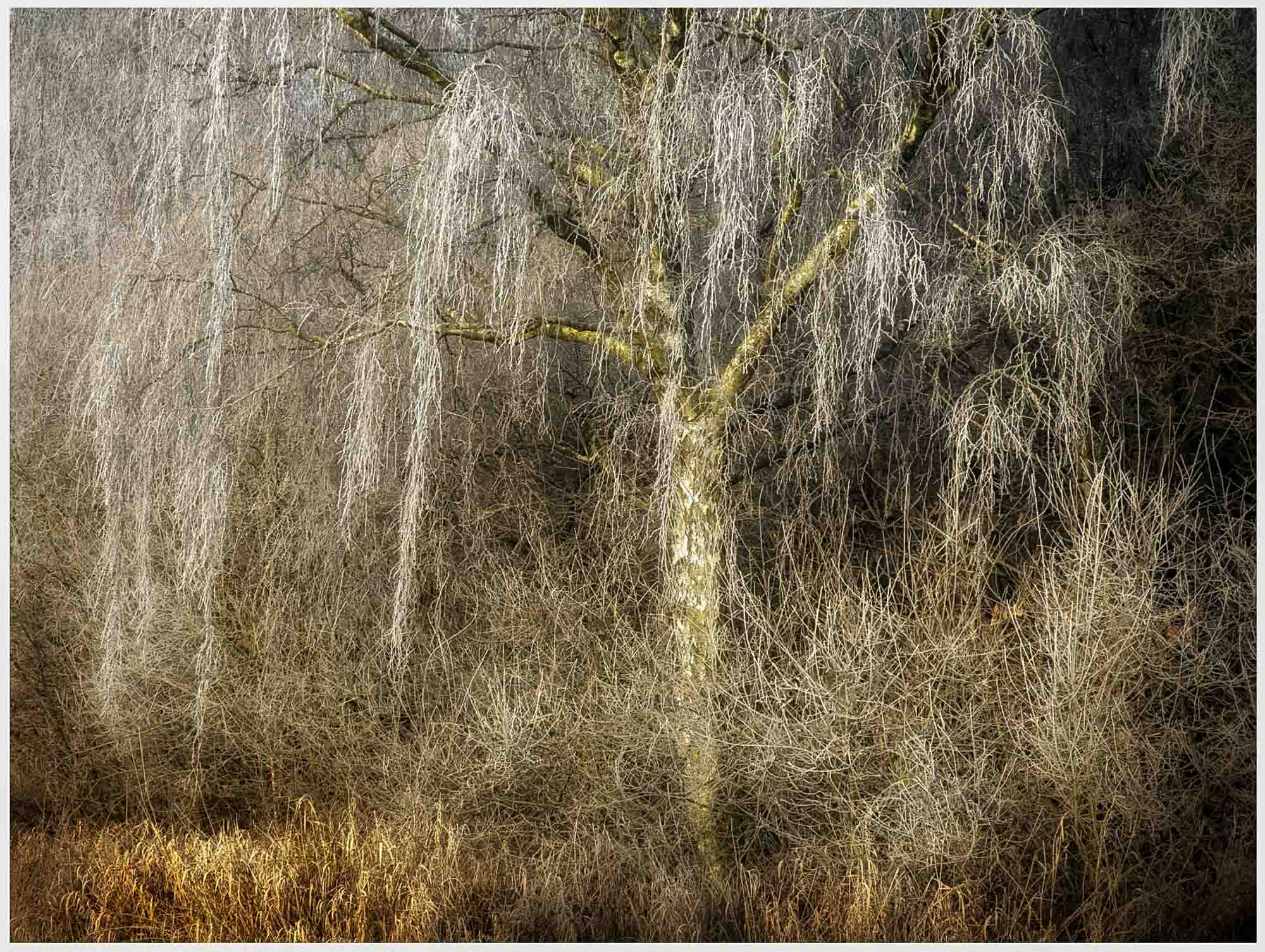
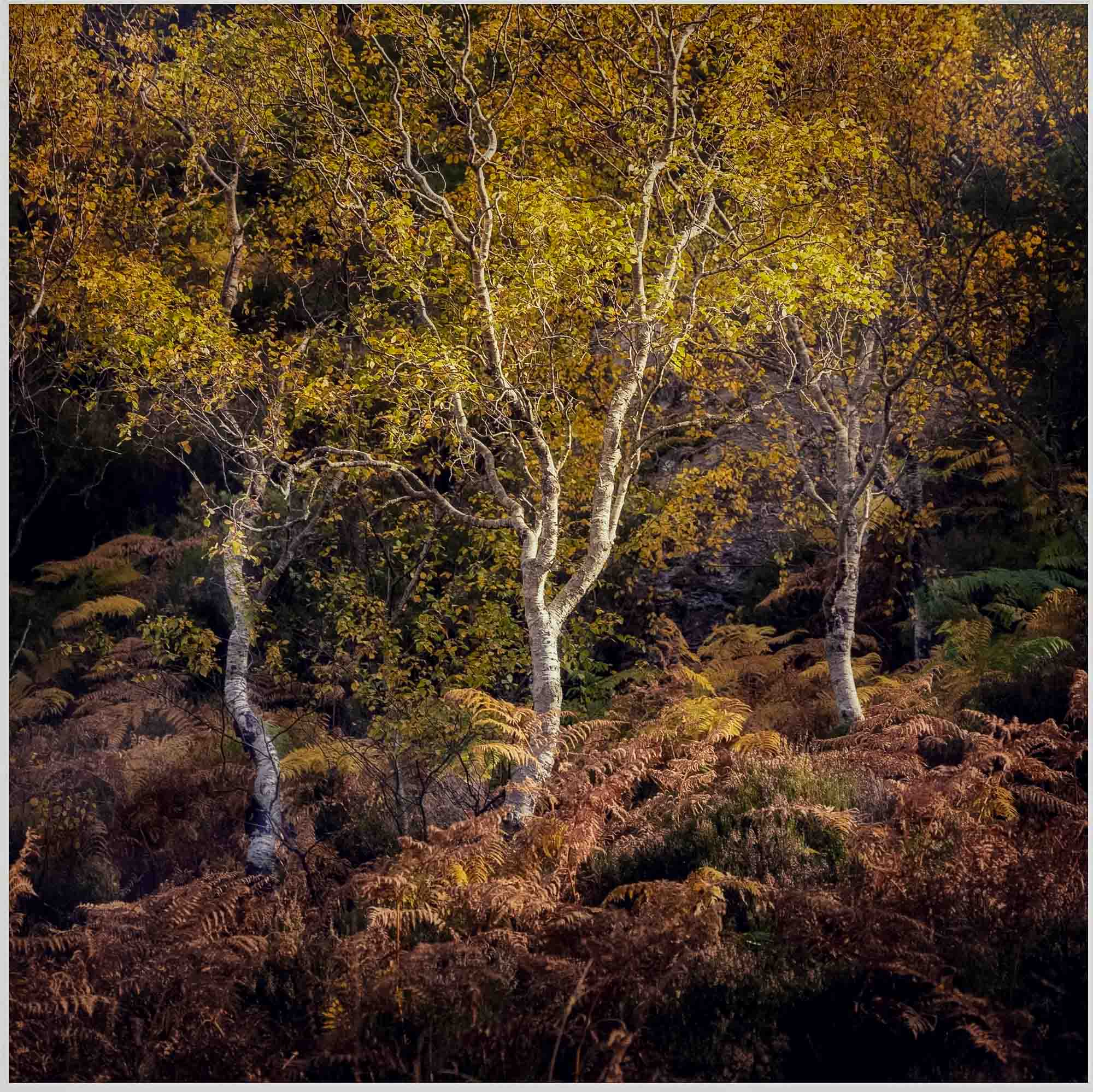
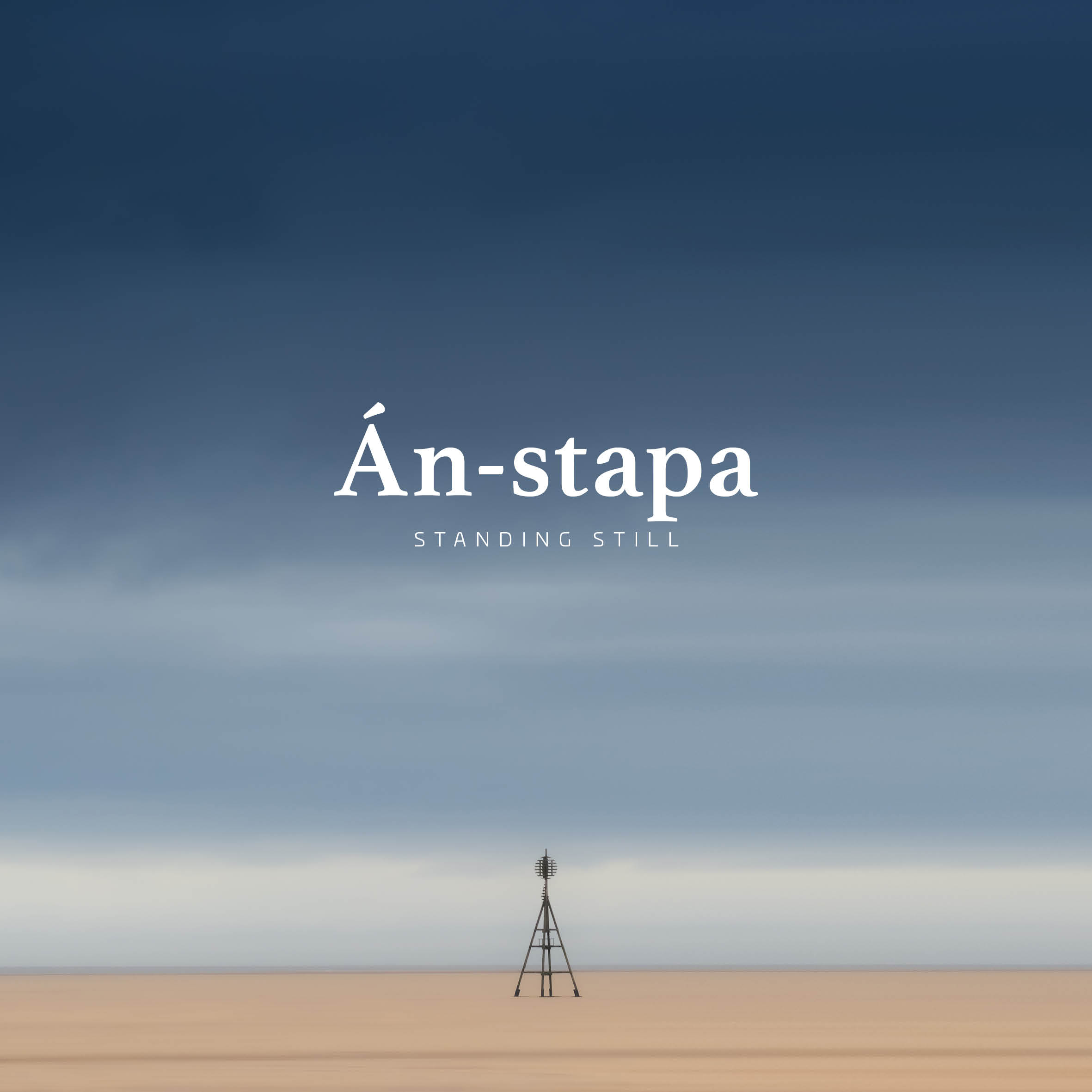
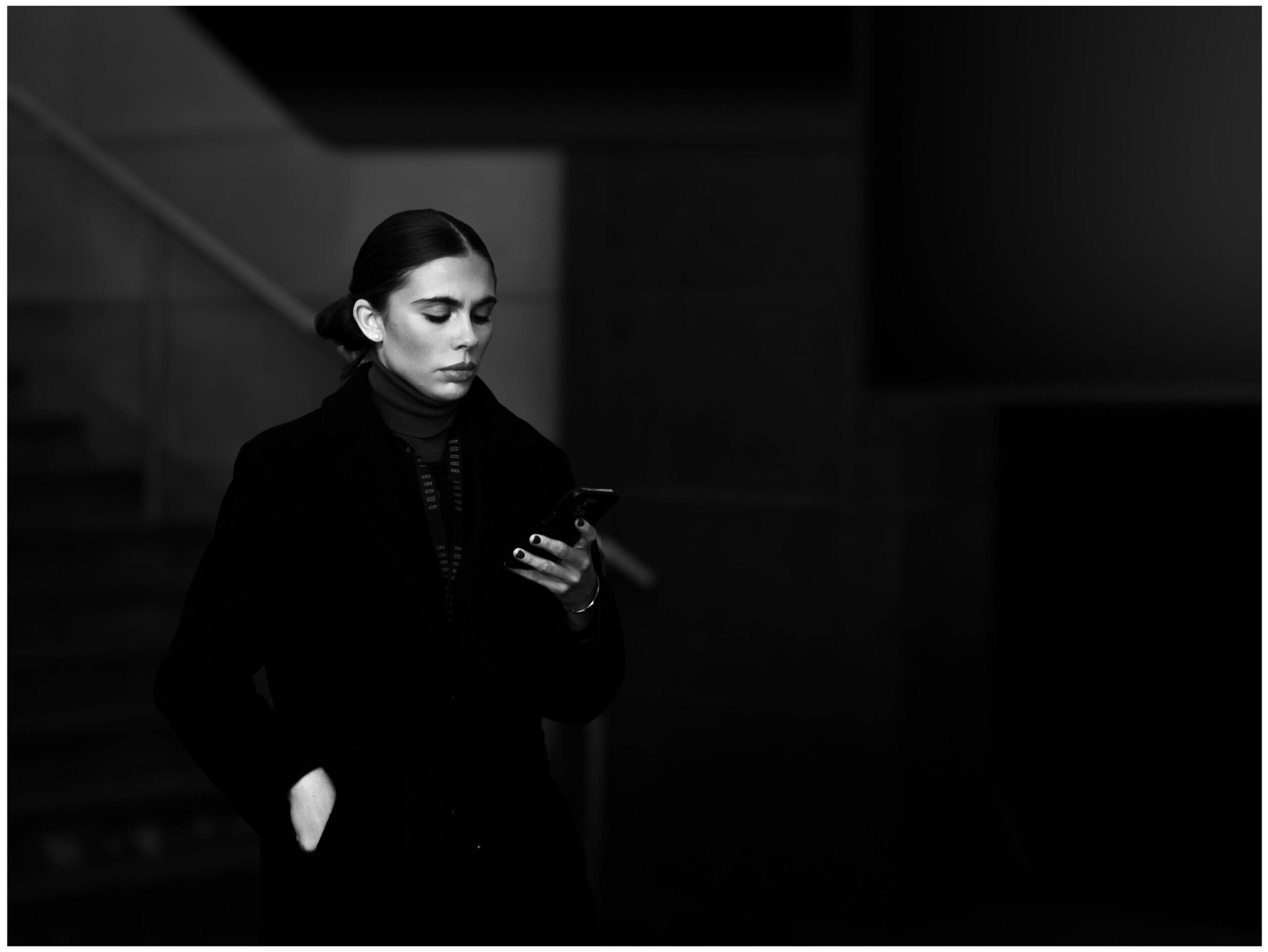
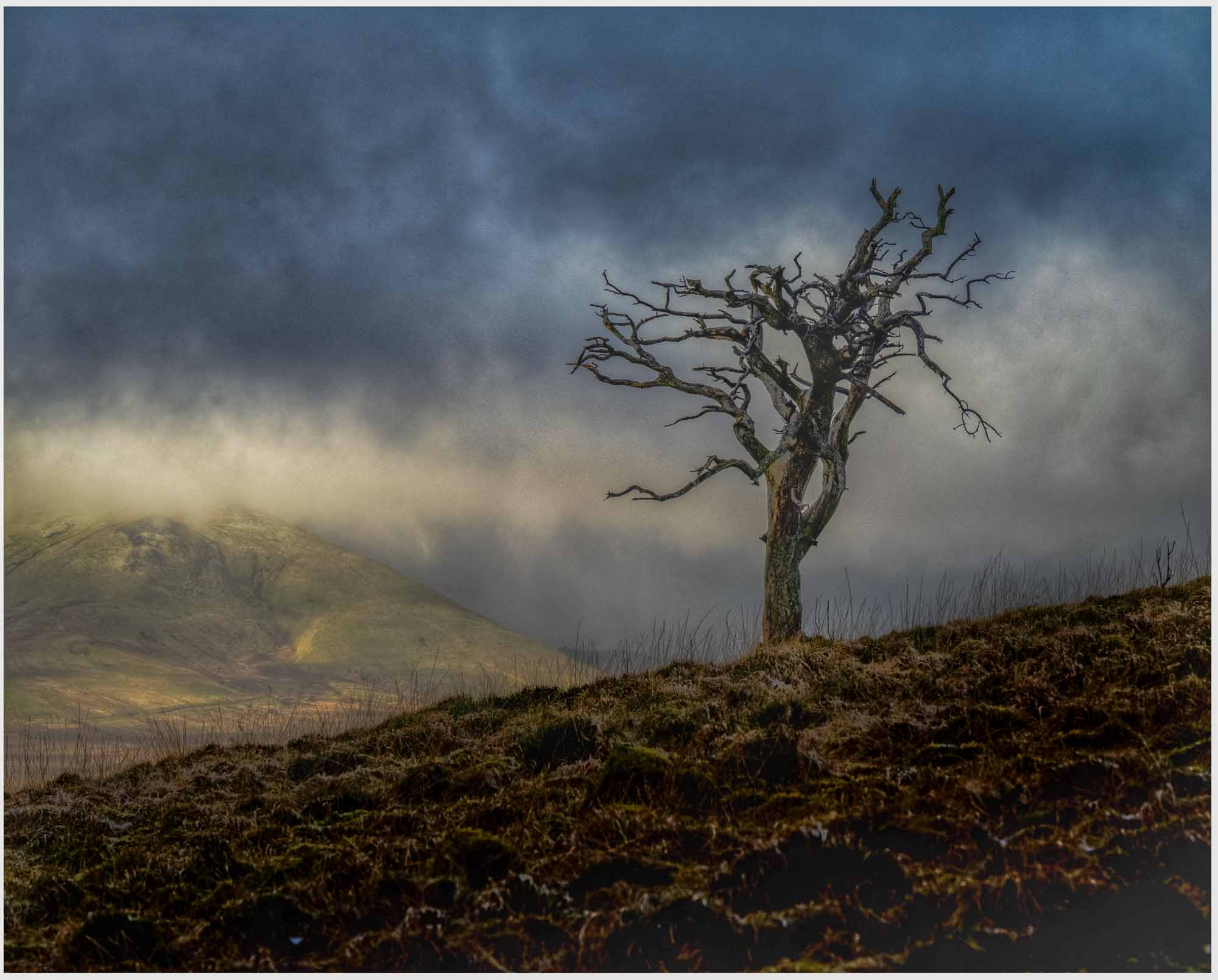
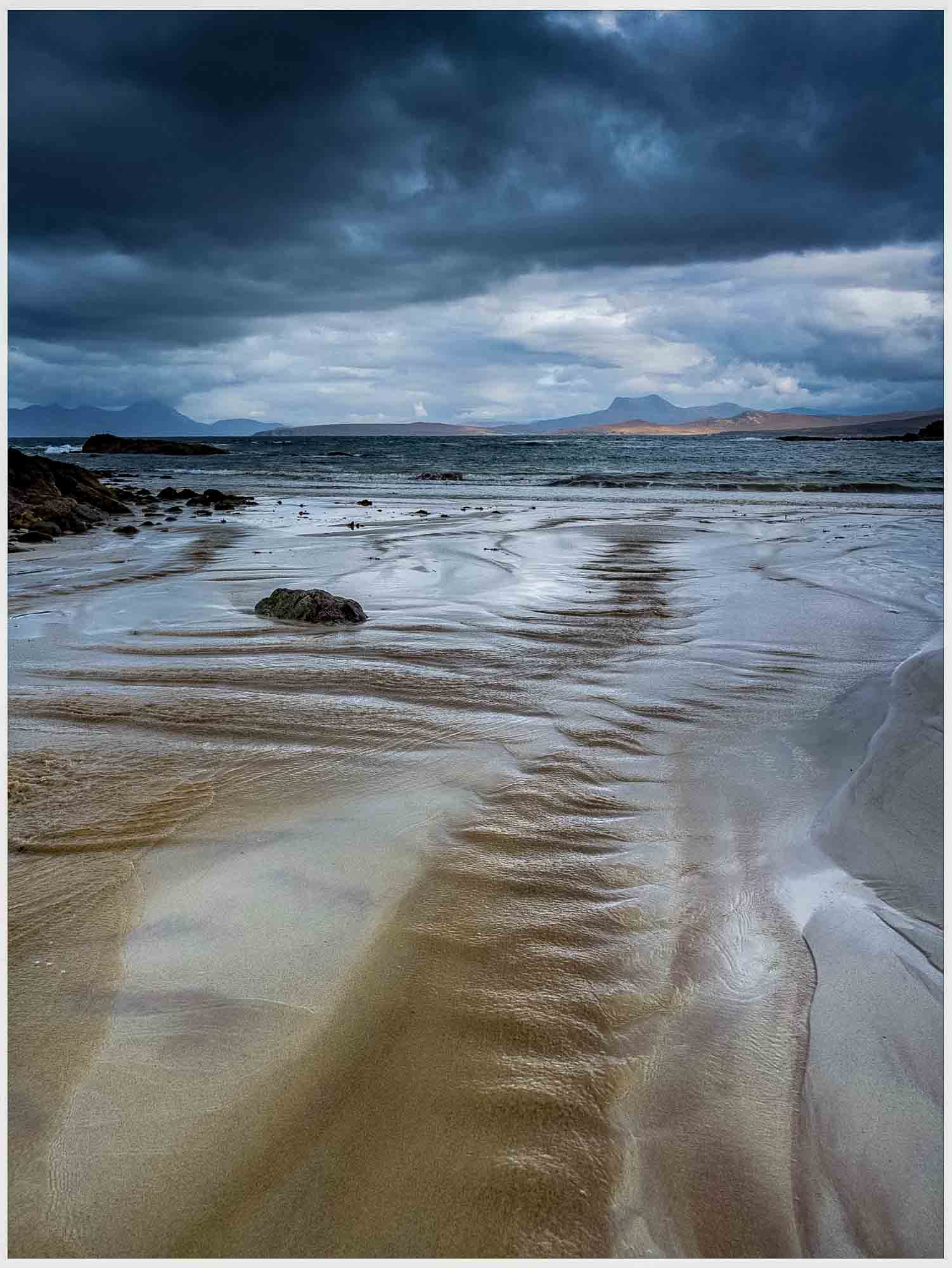
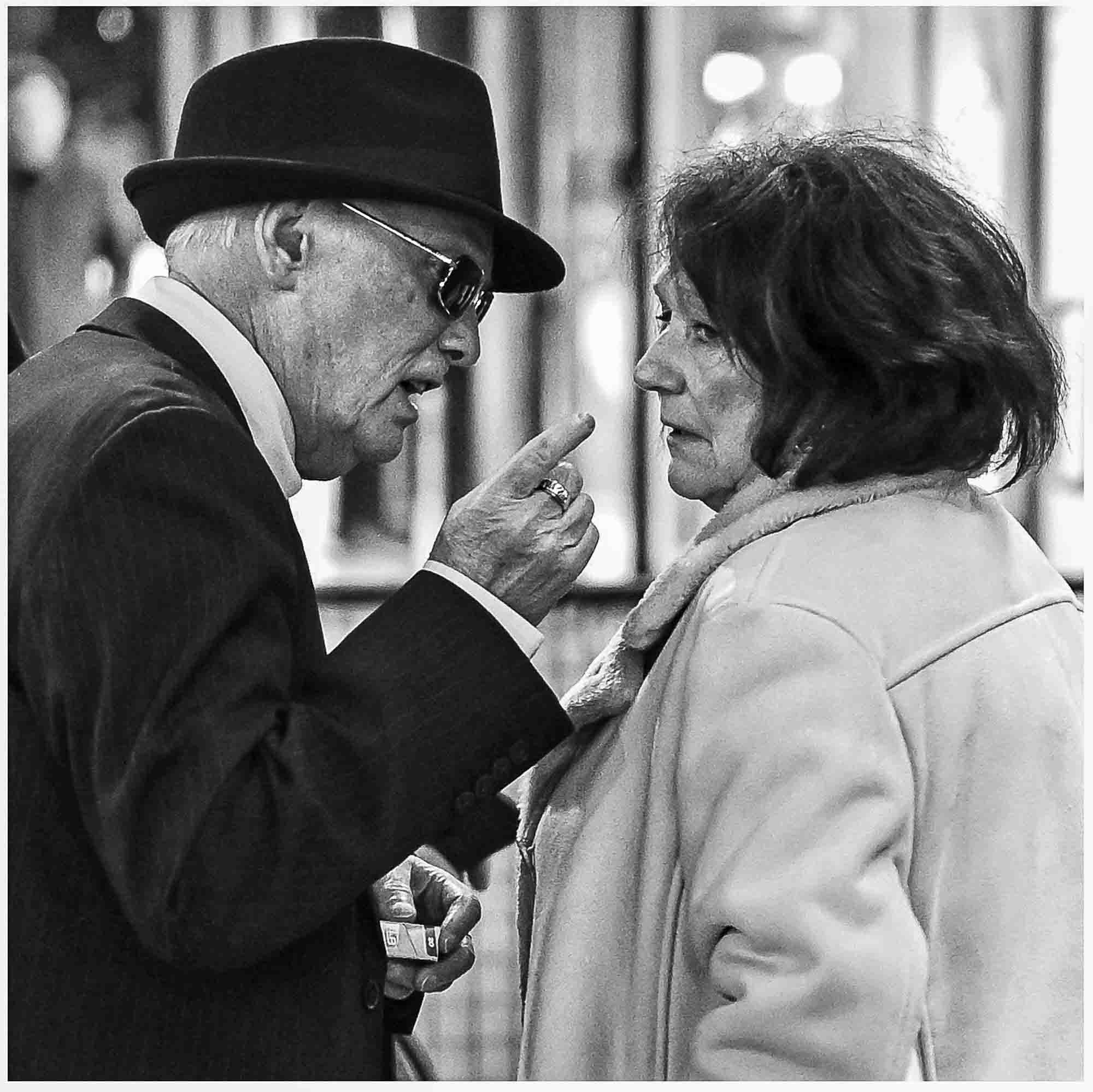
I enjoyed your article Andrew, it has certainly drawn my attention to Mali, a photographer who I have not heard of before, I really enjoyed his photos.
However, I feel that i
I must draw your attention to David Hockney, who was born in Bradford, which is very definitely Yorkshire, not the North West. My own parentage is in both camps, but I have to inform you that battles were thought over it.
Keep up the good work.
Stephen Ault
Wow some superb shots make me want to paint
My son Martin will be looking fwd to meeting Mali in the next few months,
Amazing landscape shots. Thanks for sharing Andrew.
My pleasure, I am entirely confident that Mali’s work will pass the test of time.
Very kind, thank you Jean
Mali, I apologise for not discovering you sooner – I routinely watch Heaton, Hardcastle and others, usually to get ideas about what to look for, and how to use post processing to best benefit my images.
You have a new sub on Youtube, and I am enjoying your adventure in Northumberland in January at present – lovely images, and just enjoying how you present.
Thank you Andrew for expanding my photography channels.
Great! Happy to oblige!!
So kind, thanks you Dave for subscribing and I hope you enjoy my latest this evening, and my back catalogue.
I started with your January Northumberland visit – which inspired me to actually process my last two visits worth of Northumberland images – which was only in June 22, and June 23.. 🤪 So on that front I have cleared one of my to do jobs from a few years back.
I have to agree with Jon: inspirational. ‘I Can Dream’ and ‘Breathe Pines’ show scenes very like those around me. Yet I’ve never captured anything like these — I was stunned by them from the very first view. Perhaps — just perhaps — I have learned something.
Thanks for the opportunity to see these!
So very kind thank you for your comment.
small quibble. Hockney would not be happy described s being from the north west of England, he is a true Yorkshireman.
Oooops! Oh well, as we writers often say, “Never let an inconvenient fact to get in the way of a good story”! 😎
And a person from the North West being compared to a yorkshiremon 🤣 I’m sure Hockney enjoyed his visit to the North west on many occasions. I’m still shocked to be compared to one of the greatest artists of our time. Thank you Des.
It’s very surreal reading and seeing my photography shown and the kind words written by Andrew Owen-Price. Very kind words indeed. I hope this bring some inspiration and people enjoy my photography. Once again big thanks to Andrew and MACFILOS for publishing.
Mali, the pleasure was all mine, it was an honour to bring you to the attention of the MacFilos readers. May your camera lens always be clean and your cards never fail 🙂
That’s astonishingly beautiful work! Inspiration for anyone who has ever shot a landscape. Kudos! And thank you Andrew for sharing Mali’s work with Macfilos.
Very kind Jon, thank you for reading and a huge thansk to Andrew for writing about me, something I’m really not used to.